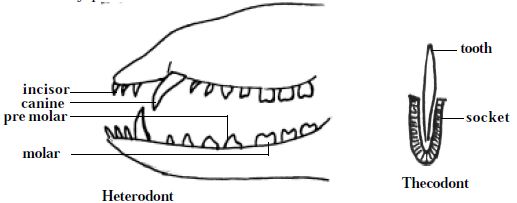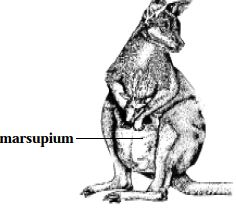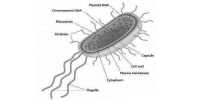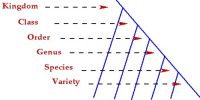The term “mammalia” was given by Linnaeus (1758) to that group of animals which are nourished by milk from the breasts of the mother. They are a successful group, for they adapt themselves readily to new situations and to new food habits.
The body is generally covered with epidermal hairs. The integument is provided with sweat, sebaceous and scent glands. The mammary glands are modified integumentary glands. The external ear or the pinna is present in most of the mammals. A muscular diaphragm is present in between thoracic and abdominal cavities. It helps in respiration. The red blood corpuscles are non-nucleated, biconcave and usually circular in form. The heart is four cham-bered. Only the left aortic arch is present. In brain cerebral hemispheres are very large and highly convoluted.
Corpus callosum, a transverse band of nerve fibres connecting the two ce-rebral hemispheres, is present. Dentition is thecodont, heterodont and di-phyodont. Cloaca is absent. Testes lie outside the body cavity, enclosed in scrotal sacs. Eggs are small with little or no yolk. Fertilization is always inter-nal. Mammals are Viviparous ie., they give birth to alive young ones. Pla-centa is usually present.

Fig: Mammalian teeth
The class Mammalia is subdivided into three subclasses namely Monotremata, Marsupialia and Placentalia.
Sub class : Monotremata or Prototheria
These are primitive egg laying mammals Example : Spiny ant-eater, duck billed platypus.Sub class : Marsupialia or Metatheria These are popularly called as marsupials or pouched mammals. The young ones are born in an immature stage and migrate into the pouch on the mother’s body. Further development is completed in the pouch or marsu-pium.
Example : Kangaroo

Fig: Pouched mammal
Sub class : Placentalia or Eutheria In this group eggs develop within the uterus. The developing embryo receives nutrition through maternal blood circulation via the placenta.
Example : Elephant, tiger, lion, man, monkey, dog, cat rat, bat.












